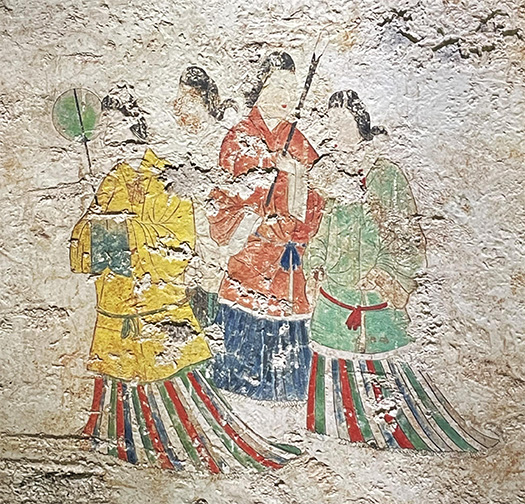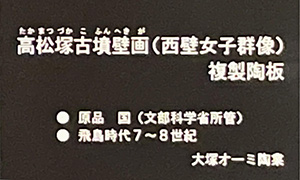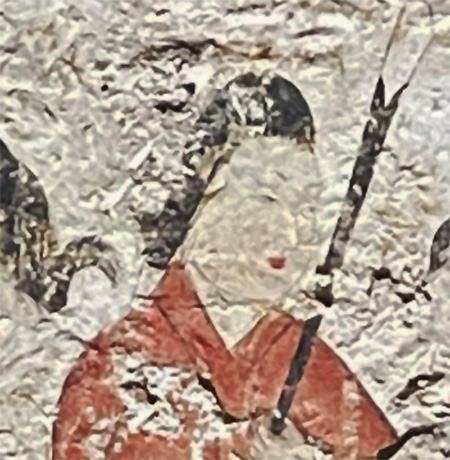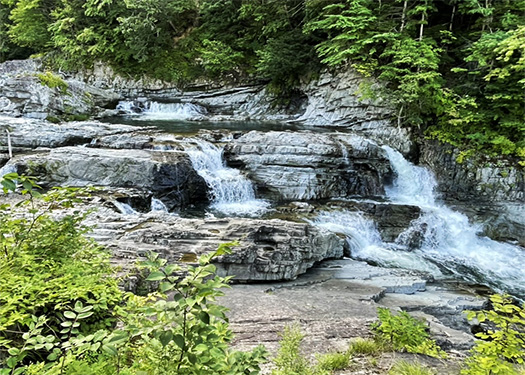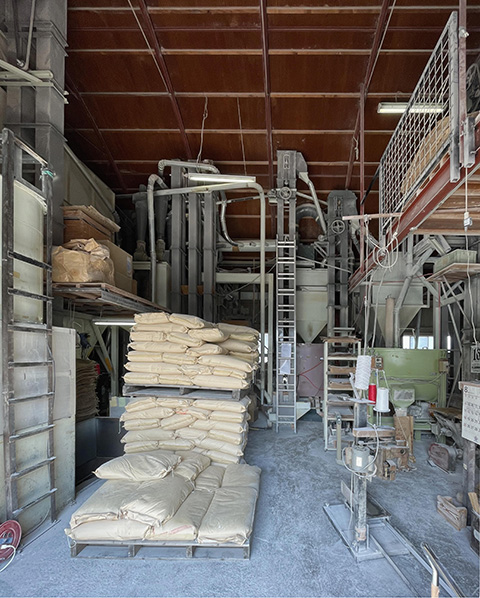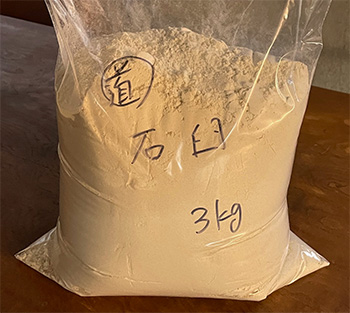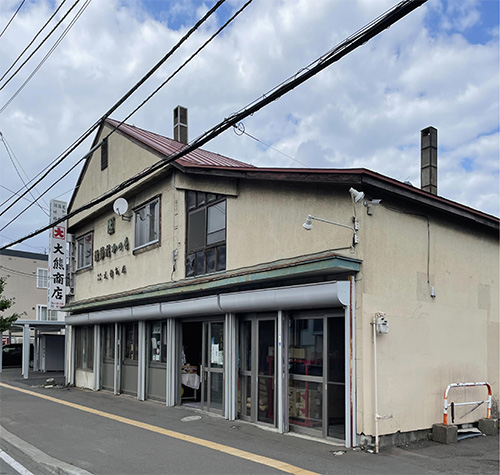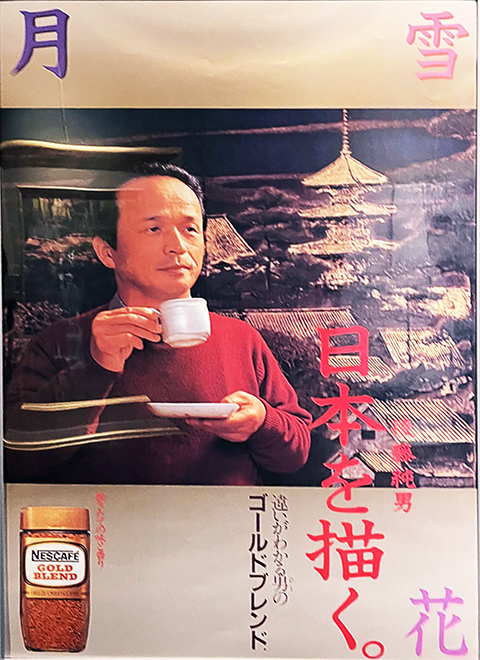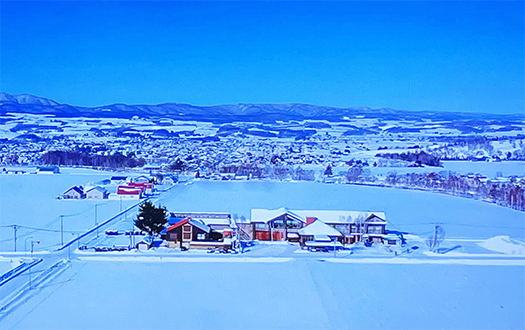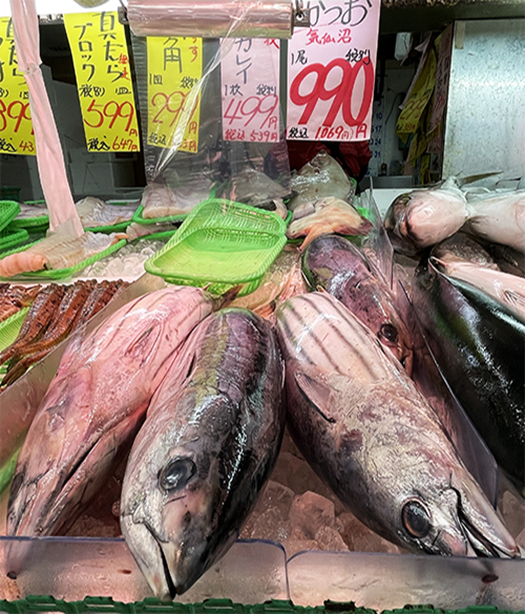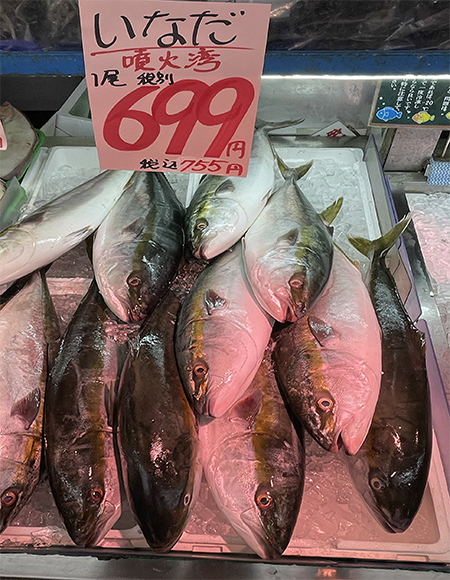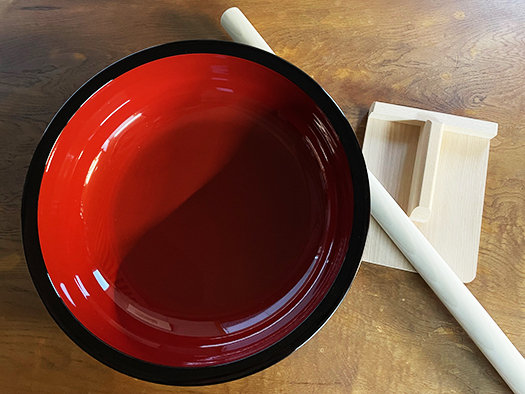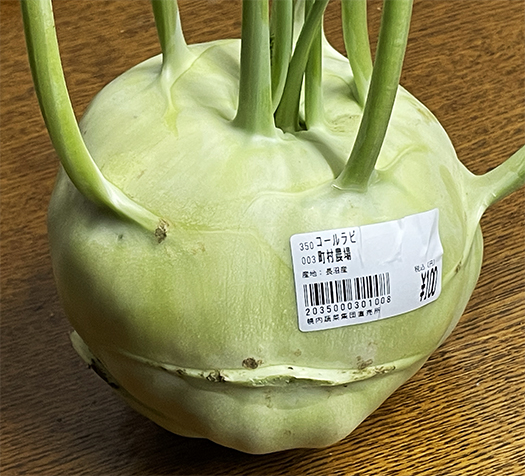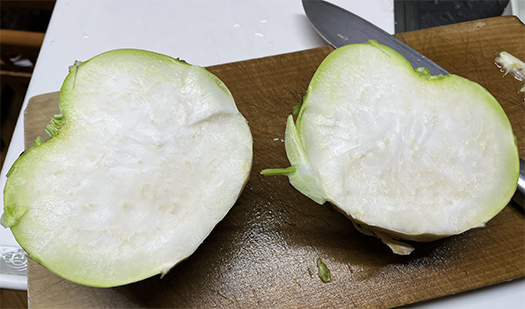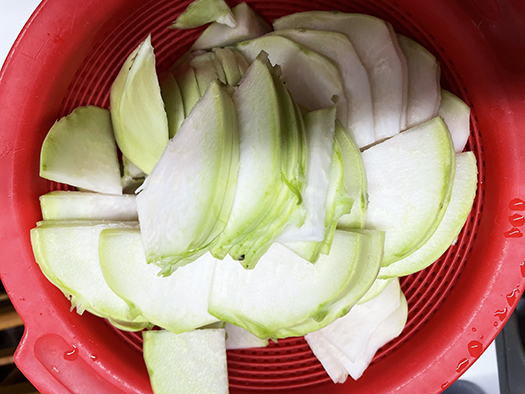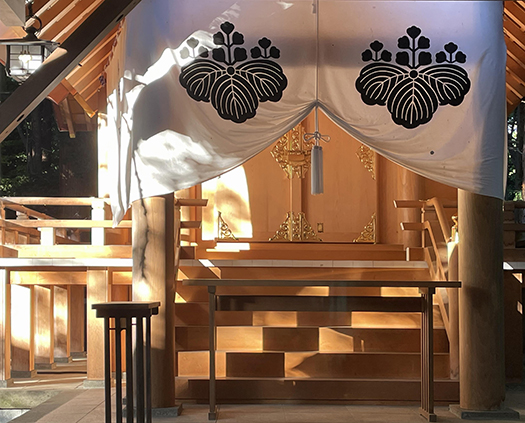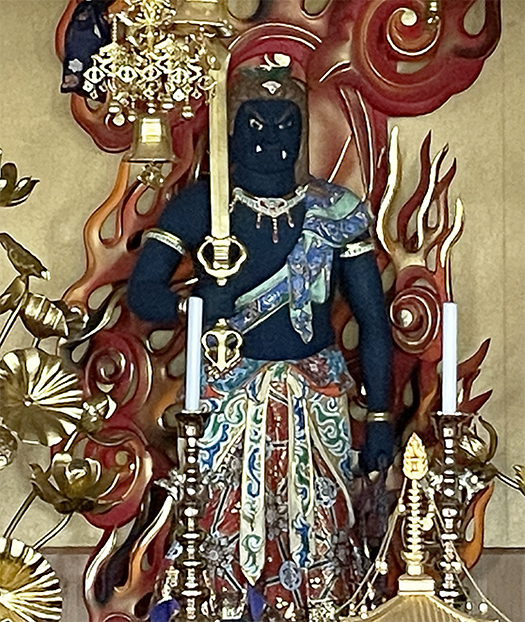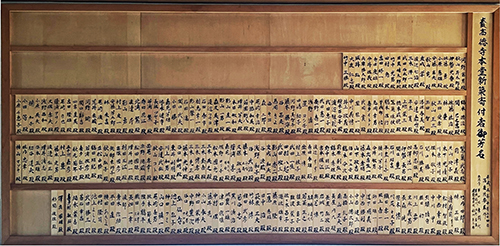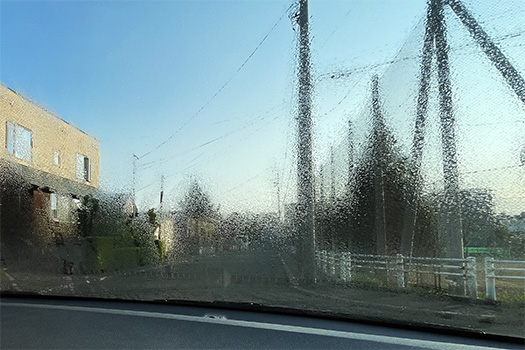
きのう朝、北海道神宮周辺散歩のためにクルマで神宮駐車場まで移動しようとして、乗り込んだらフロントガラスに写真のように「うっすら」と霜降り。18-9度の気温だったようですが、クルマ内部との温度差でうっすらとはいえ、このように発生したのでしょう。
本州以南地域、とくに最近縁のできた北部九州地域など猛暑日の連続記録が1ヶ月を超えたという情報にも接していますが、北海道では朝晩は確実にクールダウンしてきています。もうすこしの辛抱で酷暑から解放されることをお祈りいたします。
ことしはさすがに北海道人としてもやや暑さに閉口していましたが、このように確実に季節は推移してきている。
きのうは懸案事項について1日中、電話でのやり取りに明け暮れておりました。これも仕事上のことなので詳細について書くことは避けたいのですが、それにしてもIT化とマニュアル化というものの弊害に気付かされた。極論すると日本語としての用語判断自体が、こういう部分で破綻しつつあるように思われるのですね。ある概念について、それにさまざまな「注意書き」「注釈」がつきまくった結果、平常的な日本語として成立しないようなあいまい表現になってしまっている。
ようするに「どうとでも解釈できる」表現になってしまって、一般常識からはどんどん乖離してしまっているように思われる。電話の対手との間で、最後はそういった部分での整理整頓が必要ではないかとの共通の認識になっていた。
それでも誠意を持って取り組んでいただけていることはわかることが救い。
現代社会と日本語の進化、記紀の時代、明治期の「文豪」輩出の時代など、日本史では多くの日本語進化運動が経験されてきたけれど、IT化時代にはさらに精密な進化の動きが必要ではないかと思わされる次第です。たしかにコンピュータも言語によって文化創造されてきたもの。情報は確実にビッグバンしている。それを整合的に進化させていくにはそれを扱っていく言語も革新されなければならない。間違っても、コミュニケーションの深まりが閉塞してしまうようなことになってはならない。
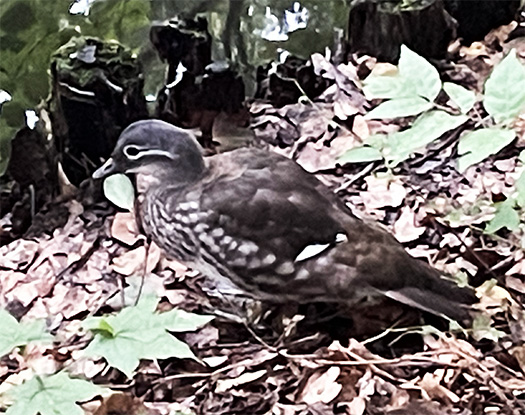
ということでのストレスに落ち込んで、やはりそういうときには自然のイキモノたちのごくあたりまえのしぐさ、表情に接するのがメンタル復元の道。それこそ「気晴らし」に、いつもの野鳥観察であります。物言わぬ動物たちの動作には、ムダもムリもなく、自然が凝縮したような姿が見えてくる。かれらの世界に配慮しつつ過剰な関わりは避けて、同じイキモノとして自然な交感ができるようにしたいですね。
English version⬇
8/21 Lowest temperature 18.7 degrees Celsius. Finally, “frost” on cars.
Finally, a hint of autumn in Hokkaido. There is a gap between IT and the evolution of the Japanese language, as well as incompatibility between organizational society and computerized consistency. …
When I got into my car yesterday morning to go for a walk around Hokkaido Jingu Shrine, the windshield was “frosted” as you can see in the photo. 18-9 degrees Celsius was the temperature, but the temperature difference between inside and outside of the car must have caused this frosting, even if only slightly.
I have been informed that the record of consecutive extremely hot days has exceeded one month in areas south of Honshu, especially in the northern Kyushu region, which I have recently established a connection with, but in Hokkaido, the mornings and evenings are definitely cooling down. I pray that with a little more patience, we will be free from the extreme heat.
As expected of Hokkaido people, we have been somewhat discouraged by the heat this year, but the season is certainly changing in this way.
Yesterday, I spent the whole day on the phone with a number of people regarding pending matters. This is also a work-related matter, so I would rather not write about the details, but even so, I was made aware of the adverse effects of IT and the use of manuals. To put it another way, it seems that Japanese terminological judgment itself is going bankrupt in this area. As a result of various “notes” and “annotations” attached to a certain concept, it has become an ambiguous expression that cannot be used in ordinary Japanese.
In other words, it has become an expression that “can be interpreted in any way” and seems to have diverged more and more from common sense. The caller and I had come to a common understanding that we needed to tidy up in this area at the end.
Still, it is a relief to know that you are working on this project with sincerity.
The evolution of modern society and the Japanese language, the Kiki period, the Meiji period when “great writers” were produced, and many other movements of Japanese language evolution have been experienced in Japanese history, but it seems to me that more precise movements of evolution are needed in the IT age. It is true that computers have been culturally created by language. Information is definitely a big bang. In order for it to evolve in a consistent manner, the language that handles it must also be revolutionized. We must not make the mistake of allowing the depth of communication to become blocked.
In such times, the way to recover from the stress of the situation is to see the natural behavior and expressions of nature’s creatures. This is exactly what I do to “distract myself,” as I always do when I am bird watching. In the movements of animals that do not speak, we can see a condensed image of nature, without any waste or unreasonableness. I would like to avoid excessive involvement while taking their worlds into consideration, so that we can enjoy natural interaction with them as fellow creatures.
Posted on 8月 22nd, 2024 by 三木 奎吾
Filed under: 日本社会・文化研究 | No Comments »


